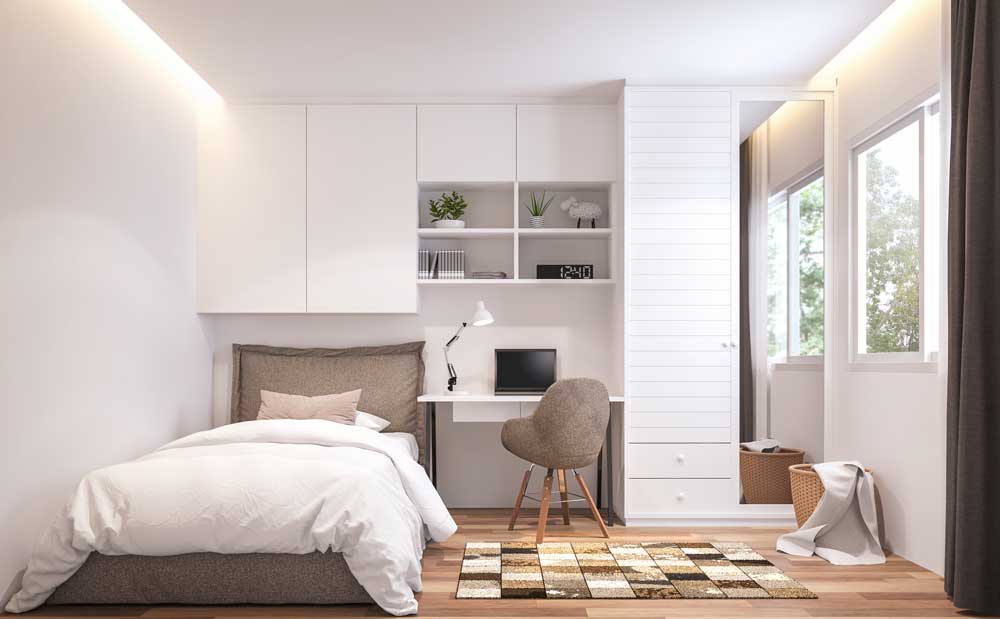Small Apartments Pack a Big Punch for Developers: Here’s Why
CRE is always adapting to keep up with the latest happenings. As the tides begin to change, the commercial end of real estate is ready with strategies to stay afloat.
Today, we can see this cycle in action within the multifamily sector. Developers across the country have begun building smaller apartments in efforts to meet the industry’s latest demands. Let’s explore what’s going on and how it’s impacting CRE’s multifamily arena.
The Square-Foot Sacrifice
In order to stand strong against today’s housing trends, developers have chosen to pursue smaller apartments. This solution allows builders to combat the growing influx into big cities and battle the increasing living costs.
However, it’s not just the developers that are making this choice. It’s also residents. In today’s market, small one-bedroom units have the lowest vacancy rates. Big and spacious apartments are quickly losing tenants as their rent prices are growing increasingly expensive.
This is a total turnaround compared to 10 years ago, where multi-bedroom apartments were at max capacity and small studios remained empty. This speaks volumes on contemporary multifamily tenants, who are happily choosing to deduct square-footage for a great location and top amenities.
Developers are responding by building efficient and affordable spaces that are limited in size. Their strategy is working since the demand for smaller units is high – especially in hot markets.
Fitting into Big Markets
Location is the main point to consider in this situation. Big metro areas are leading the trend towards smaller living spaces around the country.
More and more people are moving into popular cities at a time where rental rates are on the rise. The countries hottest markets all have incredibly high rent rates, with examples being New York, Los Angeles, Seattle, and Chicago.
In order to battle the rising costs of housing, smaller living spaces is a key element to success. Smaller apartments mean reduced rents, giving residents the chance to live in a thriving city without breaking the bank on rent costs.
However, it’s not only a good deal for residents. These opportunities also benefit developers who quickly fill up vacancies and reach max capacity. It’s a system where developers are seeing the common pain-points of their clients and providing them with a creative solution.
Smaller Units Overcome Today’s Construction Issues
The small-unit strategy doesn’t end there – it also helps combat the rising construction costs.
When it comes to supply, smaller units also help reduce the soaring building costs that the construction industry is facing today. The costs of both land and building supplies are at high points, making it difficult to embark on big construction projects.
Developers have found small units to be a loophole: helping to cut back on materials and land expenses, and therefore boosting returns.
This system is allowing building owners, developers, and construction companies to stay successful amidst the fluctuating market trends. At the same time, it benefits renters and provides more housing opportunities in big markets.
How do you think these micro-units and small apartments will affect the
multifamily scene? For more CRE news, explore our blog.


